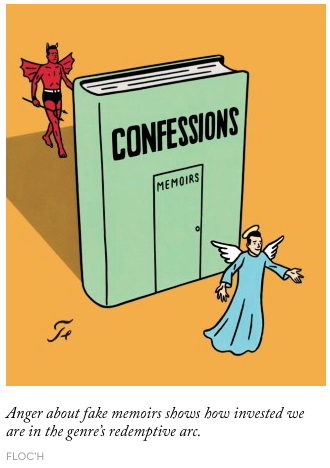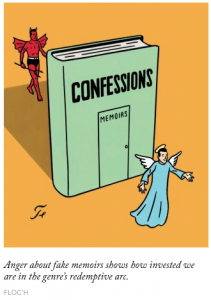In Art Spiegelman’s Maus, Art (the character) quotes Samuel Beckett in one of the panels as having “once said: ‘Every word is like an unnecessary stain on silence and nothingness’” (Spiegelman 45). In this context, Art was reflecting upon the act of writing, of documenting in some form the Holocaust and his inadequacy and even the inadequacy of the form itself when the survivors of the horrors of the Holocaust do not or cannot tell their stories. In this instance, Spiegelman conveys both the difficulties associated with representation of experience as well as the necessity of it. The relevant question is: can we remain silent? And if we cannot, in what forms do these representations manifest?
In comparison to other forms of life narratives, Maus incorporates the use of images. Furthermore, the act of mediation is apparent in the choices that the documenter must make. In Spiegelman’s Maus, the book is mediated by himself — the documenter who recreates images he has never seen but only hears about from his father and through his research in the form of drawings featuring mice, pigs, cats and the occasional figures resembling human beings. Rarely does the book feature real-life photography of individuals and the few instances it does stand out. One is the dedication in both Maus I & II in which it features a photo of Richieu, Art’s deceased brother, a photo of his mother in Maus I, and a photo of his father in Maus II. These photographs stand in contrast to the comic-esque features of the book that is multi-layered with acts of mediation as Spiegelman interprets his interviews with his father and makes the decision to represent characters as animals for example. However, in thinking back at questions of truth and authenticity, are the real-life photos any less mediated? The photographs are portraits — they are dressed in their Sunday best with their hair combed back especially in the photo of Vladek (Art’s father) and Richieu. In the photo of his mother, Anja (Art’s mother) stands with whom I can only interpret as a younger Art. One one hand, if Maus is to be interpreted as a life narrative or a testimony, then their black-and-white photos is a testament to the lives of those who are no longer alive. On the other hand, these photos, like all photos strip them of their contexts. There are no photos that represent the suffering and the horrors that they have witnessed and undergone. Interestingly, Spiegelman’s choice to place these photos in his text is significant considering the type of photos that we see, for example, in the genre of photojournalism. In a website featuring the 14 most popular photos on instagram by photojournalists, there are photos of suffering, poverty, and war. However, just as in a text, these photos convey a single frame in a moment in time and that very frame cuts out the context and its surroundings. In other words, the complexity of the situation may or may not get eliminated depending on how wide the frame is and whether or not it focuses on a single individual. In Maus, the same choices are being made by Spiegelman who must negotiate with himself and the history the images, the details, and the people he will include especially in thinking about its political, historical, and social consequences.
We struggle with abstractions such as truth and authenticity but perhaps the reality is that there is no truth nor authenticity. Perhaps there is simple just a scale of how close you can get to a form of truth but never at that ultimate Truth that everyone seeks to find in life narratives or in journalism because everything in its reporting becomes mediated.
Works Cited:
Spiegelman, Art. Maus I: My Father Bleeds History. New York: Pantheon Books, 1973. Print.
—. Maus II: And Here My Troubles Began. New York: Pantheon Books, 1986. Print.
Hiscott, Rebecca. “14 Instagram Photojournalists Who Will Open Your Eyes to the World.” Mashable. N.p., 26 Dec. 2013. Web. 23 Oct. 2014.

